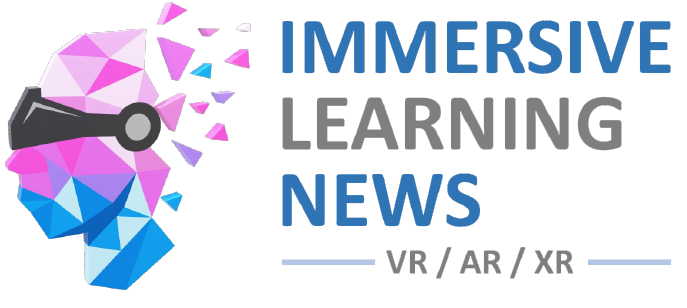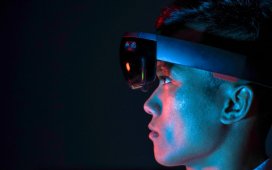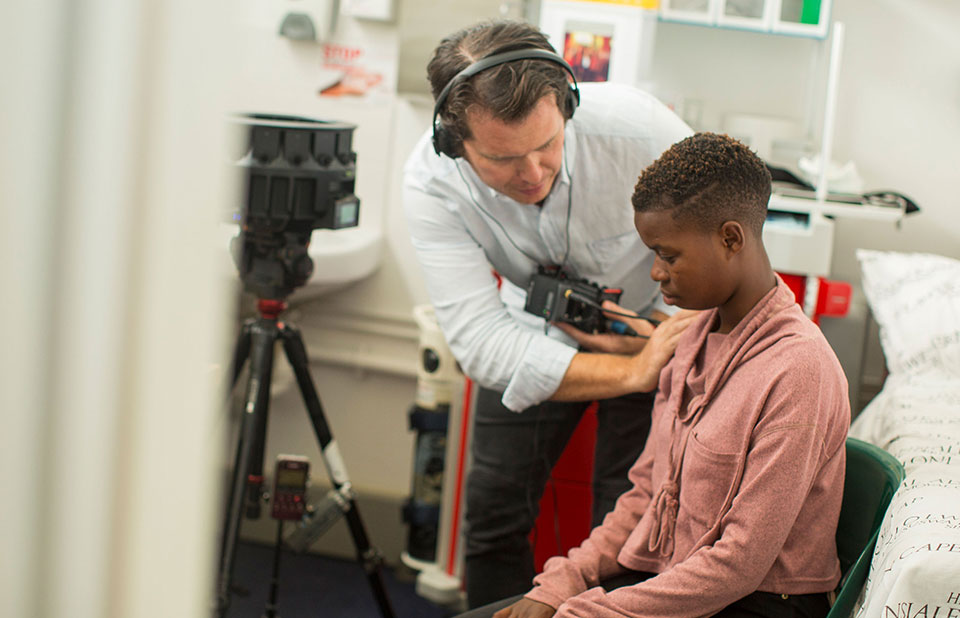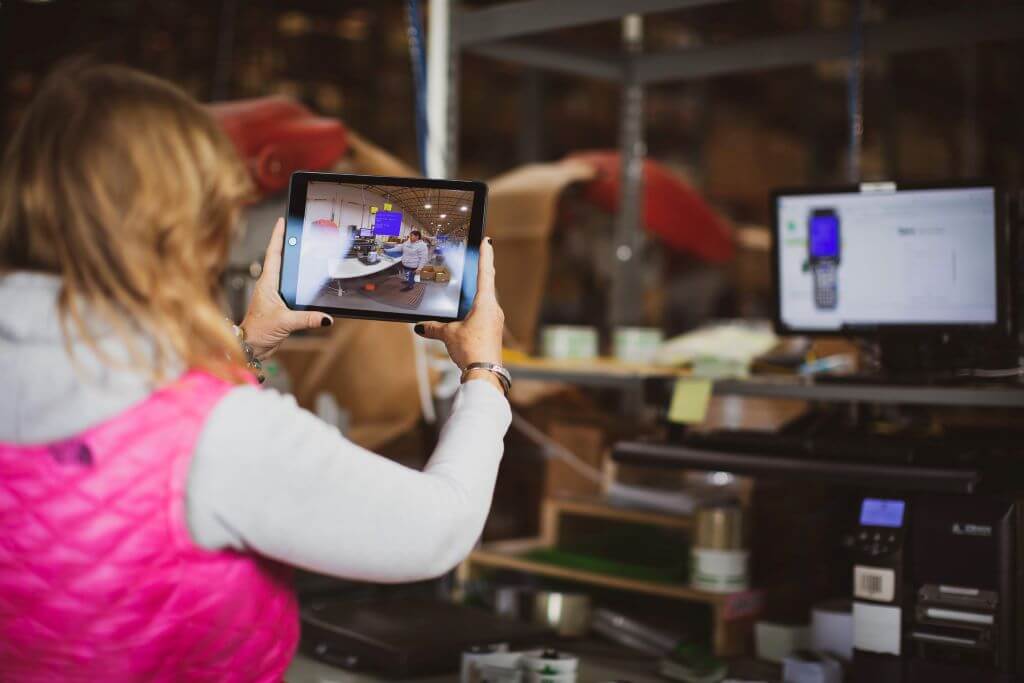Situational awareness can improve when AR is used for training, remote resources, and mapping.
Situational awareness is crucial for personnel delivering an emergency response. Augmented reality can help hone this skill. AR supports emergency response management through simulations, real-time assistance, and mapping danger zones. Let’s look at how AR functions in each of these areas.
Simulated Training
Augmented reality simulation enables users to have realistic experiences without endangering anyone. It also prepares team members to make critical decisions on the spot.
One example is the patient simulator PerSim by MedCognition. Personnel use Microsoft HoloLens for more realistic training in responding to seizures, respiratory distress, and trauma-related injuries during emergency situations. Instructors can program the changes that the model will exhibit to check the trainees’ speed and accuracy when responding to visual cues.

The company is currently working with Chenega Healthcare Services so that a PerSim version can be available for military medical training, particularly battlefield and mass casualty rescue scenarios.
Real-Time Access to Off-Site Resources
Augmented reality can arm paramedics with solutions for disaster victims in life-threatening situations. One prime example is the telemedicine app Nomadeec. It can connect the paramedic to a doctor, who then gives directions using the video chat or holographic markers that the paramedic sees on a HoloLens headset.
The app can also show a floating display that can connect the platform to various devices via Bluetooth. The paramedic can then take the patient’s vital signs via remote stethoscopes and thermometers.

Meanwhile, augmented reality-equipped eyewear pushes firefighting to new heights. Qwake Technologies’ C-Thru system and Command Sight’s goggles for canines make it easier and safer for teams to locate and rescue survivors inside smoke-filled spaces.
Mapping Layouts
Data-fueled technology can determine the success of emergency response outcomes. Edgybees is currently helping fire departments across the US improve such outcomes with AR-equipped drones.
Using the First Response software, officers can track the movements of their incident commanders and personnel from the air. Officials can then use the technology to inform their team about street names and where each teammate is at any point during the operation. They can also help the team locate power and gas lines, geospatial features, or the victims’ whereabouts that may not be visible from the ground.
Recovery teams can also use augmented reality to map vulnerable areas in a town or city after disaster strikes. But in some cases, it pays to identify spots that can put residents at risk. Such is the case of Georgia State’s Johns Creek Fire Department. Its Swiftwater Rescue Team monitors people’s activities on the Chattahoochee River.
AuGeo helps the team navigate the river safely using an iPad mounted on a rescue boat. The app shows where rocks and other obstructions are even when covered with water following dam releases. The iPad’s night vision sensor helps with after-dark operations.
Demand for AR in Disaster Management Is Expected to Grow
Analysts predict that efforts to set up 5G networks and the rising awareness of AR’s benefits will push its growth. They expect adoption to rise in the public sector as governments and enterprises see the potentials of augmented reality’s real-time information overlay and disaster preparedness capabilities.
Quelle:




